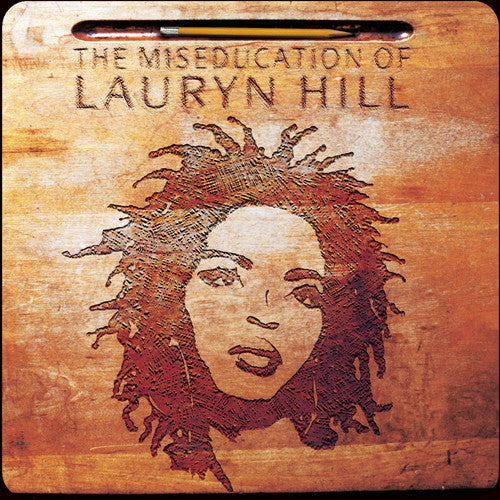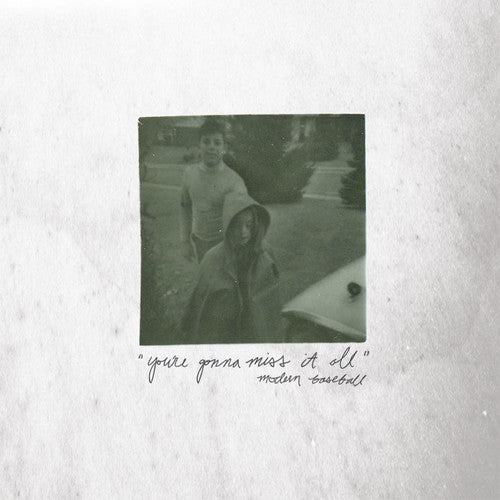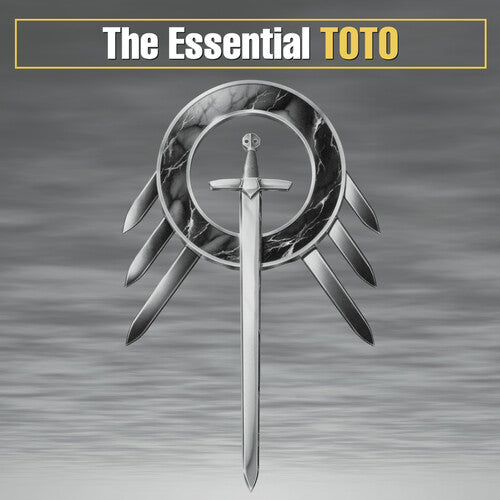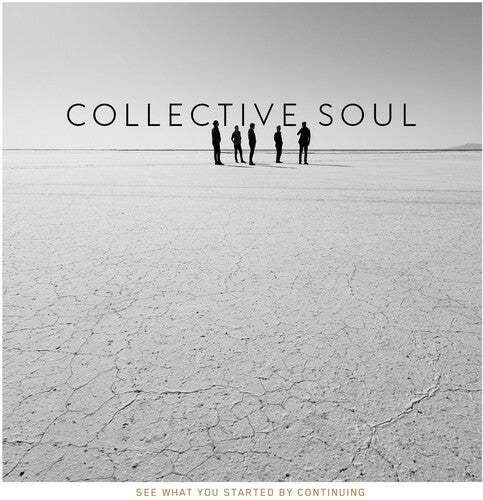Alan Jackson - Precious Memories (CD)
$4.99
$5.99
Toby Keith - Greatest Hits: The Show Dog Years (CD)
$9.46
$10.99
TLC - Crazysexycool (CD 2148)
$4.99
$5.99
George Michael - Faith (CD)
$4.99
$5.99
Ariana Grande - Yours Truly (CD)
$4.99
$5.99
Merle Haggard - Pancho and Lefty (CD)
$4.99
$5.99
Lainey Wilson - Sayin' What I'm Thinkin' (CD)
$10.38
$11.99
Toby Keith - 35 Biggest Hits (CD)
$8.69
$10.99
One Direction - Take Me Home (CD)
$4.99
$5.99
WISP - Pandora (CD)
$9.27
$10.99
Alan Jackson - The Greatest Hits Collection (CD)
$4.99
$5.99
Alice in Chains - Jar Of Flies (ep) (CD)
$4.99
$5.99
Bob Seger - Greatest Hits (CD)
$3.49
$4.99
John Denver - Greatest Hits (CD)
$4.99
$5.99
Modern Baseball - You're Gonna Miss It All (CD)
$9.00
$10.99
Tiffany - I Think We're Alone Now (CD)
$10.20
$11.99
Larry June - The Night Shift (CD)
$9.00
$10.99
Evanescence - The Bitter Truth (CD)
$10.53
$12.99
The Front Bottoms - Talon of the Hawk (CD)
$9.00
$10.99
Alan Parsons - I Robot (CD)
$4.99
$5.99
Patsy Cline - Greatest Hits (CD)
$4.99
$5.99
Cody Johnson - Human The Double Album (CD)
$14.38
$16.99
Teddy Swims - Unlearning (CD)
$7.28
$8.99
MercyMe - Playlist: Very Best of (CD)
$4.99
$5.99
Todd Michael Hall - Sonic Healing (CD)
$8.30
$9.99
Billie Eilish - Dont Smile At Me (CD)
$8.69
$9.99
Journey - Infinity (CD)
$4.99
$5.99
Usher - Confessions (CD)
$4.99
$5.99
Toto - The Essential Toto (CD)
$4.99
$5.99
The Guess Who - Best of (CD)
$4.99
$5.99
Elevation Worship - Can You Imagine? (CD)
$7.63
$8.99
Basement - Colourmeinkindness (CD)
$9.00
$10.99
Stevie Ray Vaughan - Texas Flood (CD)
$4.99
$5.99
A. Vivaldi - 4 Seasons (CD)
$2.76
$3.99
Boz Scaggs - Hits! (CD)
$4.99
$5.99
Phoebe Bridgers - Stranger In The Alps (CD)
$9.50
$10.99
30 Gospel Classics (CD)
$3.76
$4.99
The Band - Greatest Hits (CD)
$4.99
$5.99












![Ozzy Osbourne - Blizzard Of Ozz [Expanded Edition] [Remastered] (CD)](http://surprisecastle.com/cdn/shop/files/1836930.jpg?v=1717106029&width=533)


























![John Pinette - Show Me The Buffet [Original Unedited Version] (CD)](http://surprisecastle.com/cdn/shop/files/1657816.jpg?v=1717106398&width=533)












